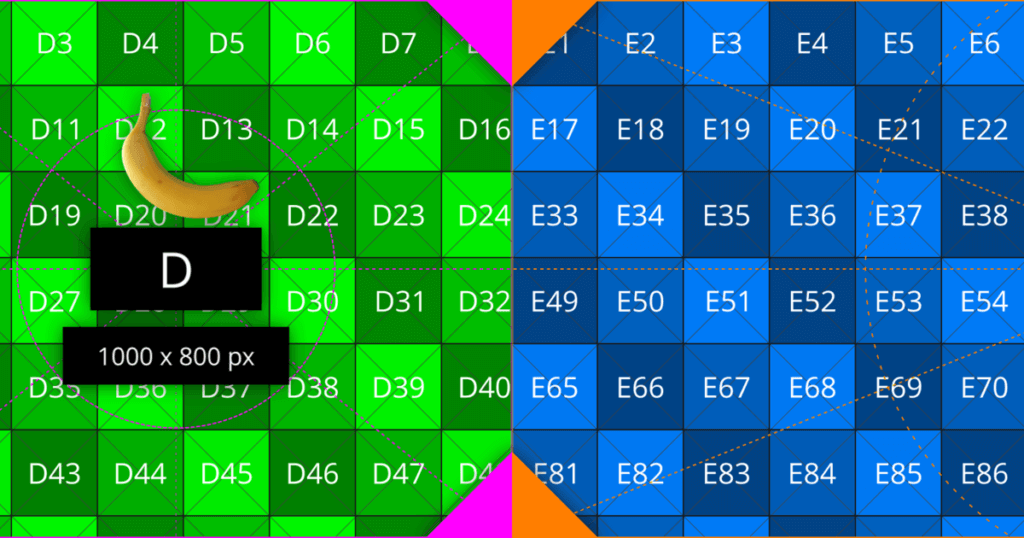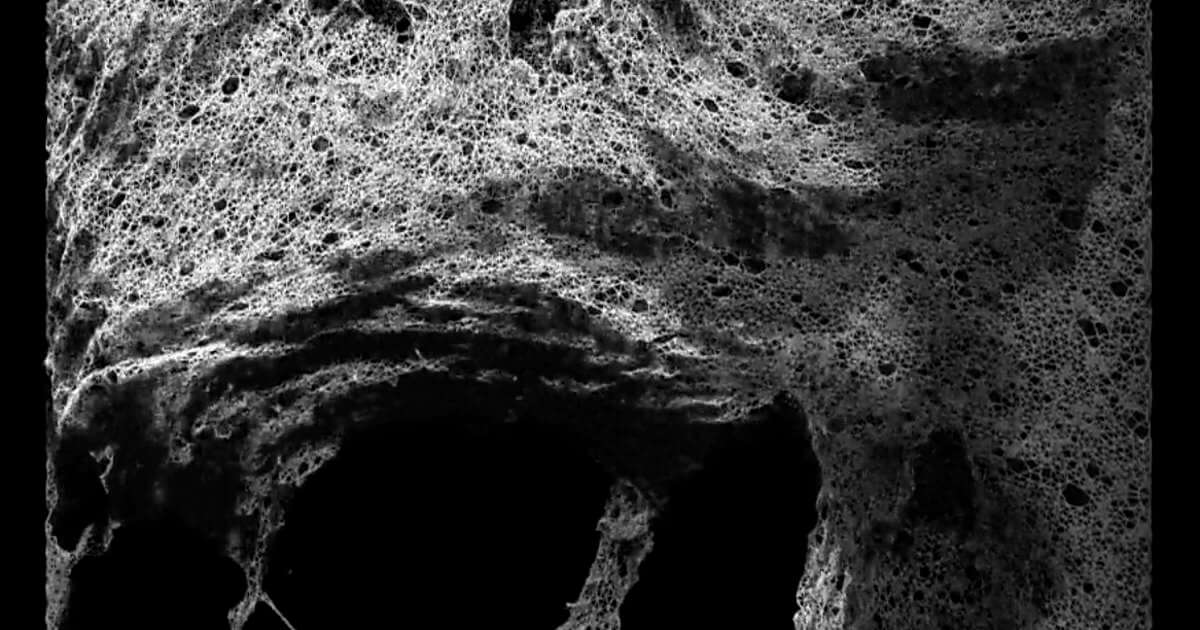Without a doubt, one of the most inspiring aspects in regards to the TouchDesigner universe is the sense of belonging to an active and powerful community. Not only are collaborations and connections forged but also, it is ultimately a place where virtually infinite resources are freely made available (including our TouchDesigner beginner tutorial series). Among these, a significant perk is the abundance of community-made tools; and today we will be highlighting some of the most popular and useful examples in this category.
Projects, Tools and Assets
A quick reminder: when searching community tools from TouchDesigner users you will most likely encounter .tox files (Component files) available for download. Keep in mind that you can download these Components and save them for later use in your own projects. The main idea is to start building your own personalized library of tools that you can reincorporate when needed in future projects.
In other cases you might encounter entire TouchDesigner project files (.toe) where the tool is displayed in a less compact manner. In this case you might want to create your own component in order to have a custom package for the tool, or operator chain, available for future use.
Keep in mind that you can drag and drop .tox files into your projects to use them, and if you have components you want to save as .tox files you can right click on them and select “Save as Component.”
Now, let’s have a look at some tools.
Artio: A Pixel Map Generator by Dylan Roscover
For those of us who work with LED volumes, or if you’re looking to start working with this equipment, creative technologist Dylan Roscover has provided our community with a “highly customizable TouchDesigner component that generates a pixel map for each of your displays in a geometry COMP replicator setup.”
This tool can provide assistance for accurate installation and display of your work in LED displays and volumes. As the creator describes it: “It is designed for maximum clarity and scalability for events and performances.”
If this is up your alley be sure to check it out!

Here is the download link:
https://github.com/theexperiential/Artio
And here is a link to a YouTube video where Dylan himself provides us with information on what a pixel map is, as well as a walkthrough of the component:
SOP to SVG by Matthew Ragan
This tool by TouchDesigner wizard Matthew Ragan is directed at creators that are looking to take some of their TouchDesigner conceptions to the physical world, through plotters and cutters. In the words of the author this tool provides: “a pipeline for handling the SOP to SVG pipeline. This is especially handy for using procedurally generated geometry for paths to be cut or plotted.”
This tool requires some additional installation steps in order to be used. So, please be sure to take the time to read Matthew’s description in his Github publication.

Here’s the link to this wonderful tool:
https://github.com/raganmd/touchdesigner-sop-to-svg
Constraint Simulation Tool by Josef Pelz
This fun yet complex tool was initially devised as a simulator for fabric-like materials in TouchDesigner, although it proved to be far beyond this initial goal. There’s tons of math behind it, but Josef has made it very accessible for everyone who is interested in this kind of simulations. He describes it as a “spring constraint based simulation for polygonal SOP geometry, calculated using computer shaders.”

Download link:
https://derivative.ca/community-post/asset/constraint-simulation-tool/65109
Get Our 7 Core TouchDesigner Templates, FREE
We’re making our 7 core project file templates available – for free.
These templates shed light into the most useful and sometimes obtuse features of TouchDesigner.
They’re designed to be immediately applicable for the complete TouchDesigner beginner, while also providing inspiration for the advanced user.
Warpa: 2D Mesh Projection Mapping Tool by Richard Burns
Projection mapping is a very broad topic with different techniques and approaches available out there. Here at the HQ, we believe in having varied tools that allow you to tackle this topic and this is one of them. Simply put: “Warpa is a projection mapping tool for warping meshes in TouchDesigner.”
This tool can be used, for instance, to do projection mapping on a car, as the creator has already done! But to better understand its functionality here is a tutorial by the creator:
And here is the download link:
https://derivative.ca/community-post/asset/warpa-2d-mesh-projection-mapping-tool/66430
QR Code Generator by Amazing Robot
This convenient tool allows you to generate your own QR code within TouchDesigner, making it possible to have your professional and project information readily available for spectators when displaying your work, whether online or in a live installation. Similarly to the tool by Matthew discussed earlier, it requires the installation of a python library, so be mindful of these necessary steps to be taken before making use of this tool. Amazing Robot has provided links in the Derivative publication that cover this process.
Here’s a short walkthrough of the tool:
And here’s the link to the download and library installation guides:
https://derivative.ca/community-post/asset/qr-code-maker/65759
Further Tools
If you’re looking to find more amazing tools, keep in mind resources such as searching Github for TouchDesigner, or visiting websites like ChopChopChop and the Derivative Forum, since these are the places that gather most publications related to assets and tools for TouchDesigner. Here are the links to these portals:
https://github.com/search?q=touchdesigner
Wrap Up
Even though the amount of community tools available at our fingertips can be overwhelming, it is just a matter of having the patience to filter through the main libraries at our disposal in order to find assets that benefit and relate to our individual practice. If you have unearthed some obscure and powerful tool, and would like to share it with our community; please don’t hesitate to do so through our social media channels. We are looking forward to checking out your discoveries. Until next time!